
photo by Amanda Straub
One of the cultural things I was most excited about doing in Korea was going on a temple stay. The idea of having a mindful, intentional weekend came at a good time. With the winter quickly approaching, I wanted to take some quiet time to reflect on my time in Korea as well as make peace with the ever impending cold that never ceases to clench my insides and antagonize my peace of mind.
Beautifully, when we arrived at the temple it began to snow and while the wind made me dream of warmer days, I knew it was going to be a good weekend. To get us settled, a jolly faced monk shuffled us into a "changing room" where we were offered comfortable clothes and served tea.
"We have three sizes. Small. Medium. BIG."
"We'll take five BIGS, please." [It doesn't take much to be BIG around here.]
The monk informed us that we would have a guide for the weekend who spoke better English than himself, and that her name would be Kym. We later found out that Kym had been traveling in Hong Kong and cut her holiday short to be with us for the next 24 hours. Example 300 of crippling kindness. After an hour of happy tea drinking, we were shown our abode for the evening. The room was empty except for a side table with a pitcher of water, a locker, and a pile of blankets and pillows. We slept on the floor atop thin blankets (and of course radiant heat).
A schedule hung in our room.
Chanting ceremony: 6pm and 4:10am
Breakfast: 6:15 Lunch 11:40 Dinner: 5:00
Chant. Eat. Chant. Eat. Chant. Eat.
Nourishment.
After dinner we attended the chanting ceremony and were then taken to have traditional tea service with the head monk. It goes without saying, but it's extremely surreal to be sitting Indian style on the floor across from a MONK in KOREA with four other woman from across America, drinking TEA and discussing the East and the West, religion, love, humanity and feeling the great reality that is oneness; that fundamentally all living things are connected and share common desires and distress.
It was about half way through this experience that the head monk pulled out his smart phone. Yes. Monks have cell phones. As Kym informed me,
"Everybody want to know. Monk has cell phone? Monk has car? Monk goes to the store? Yes. Monk is people. Monk is like everybody else. Monk has appointments."
Around nine we scurried through the darkness to our warm rooms and set our alarms for 4am. On a typical Saturday night, it is not uncommon to be dancing through the streets of downtown Gwangju at that hour. When the rooster crowed (or when the cell phones rang), we all ventured out into the morning stillness to ring the bell. Every morning a monk hits the bell 28 times to begin the chanting ceremony.
One by one we rang the bell three times and then headed to the main hall. Thus began chanting ceremony number two. Bundled in all the attire I have purchased that is designed to ensure warmth, I stood in front of my mat and tried to fight the internal rumbling. It's too cold. My hands are cold. My feet are cold. I'm tired. Why don't people in Korea wear shoes inside? I'm buying a big puffy coat. With a hood. A furry hood. And a ski mask. I hate cold. I'd rather be in bed. Cold - go away. I wanted so badly to silence my mind; to be present and intentional during this time. I focused on my breath. I reminded myself that I was in control of my reactions. And finally, I just let go. And I was fine, tingling toes and all.
We had free time until breakfast and I wondered allowed to Kym, "What do monks do at five in the morning?" "They practice." TRANSLATION: They meditate.
Breakfast, lunch and dinner were all the same: rice, kimchi, seawead, eggplant, sprouts, vegetables, more kimchi and seaweed soup. What? You thought Koreans had waffles? IN YOUR NORTH AMERICAN DREAMS.
That afternoon we took a two hour hike through the mountains. Some of the time was spent in walking meditation, and some of the time I spent conversing with Kym and Amanda. Considering my last few months in Asheville, my idea of a really good hike generally climaxes with a waterfall, a bathing suit and some sunshine. In this case, an ancient picture of Buddha carved in a rock face and the beautiful temples that were nestled amongst the mountains more than sufficed.
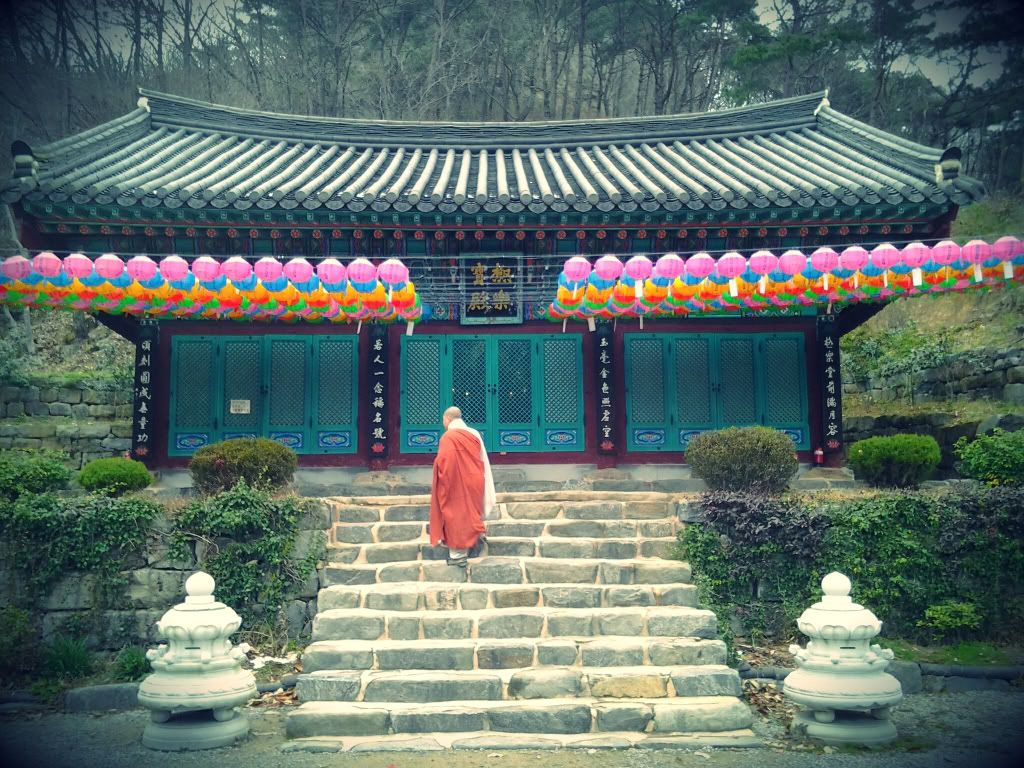
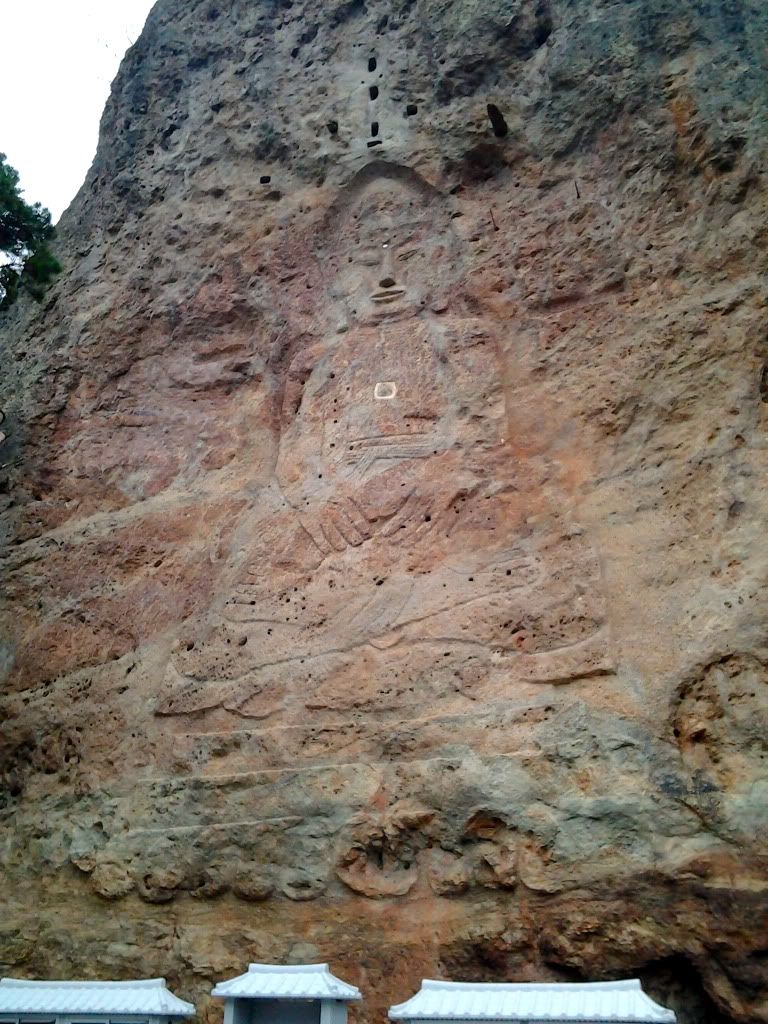
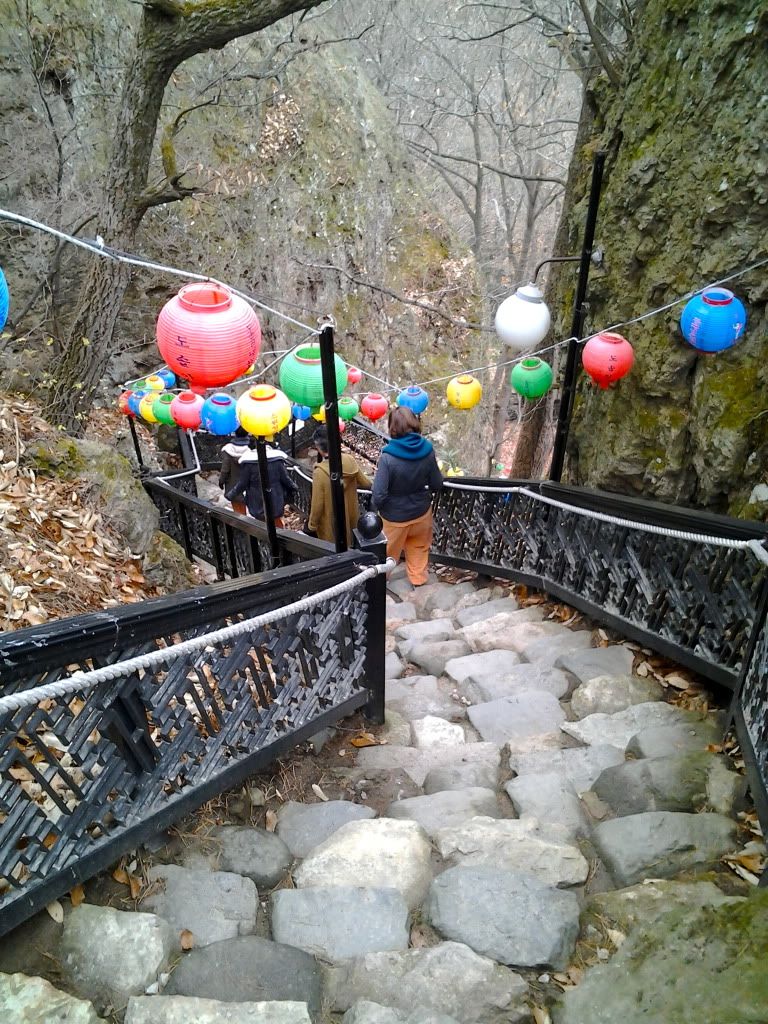
In Buddhism it is believed that every person suffers from 108 agonies. Buddhist bowing ceremonies contain 108 bows, each a mean to clear the mind and cast aside a suffering, pain, desire, etc. Regardless of your religion, I think the practice of being mindful of your affliction is healthy and fundamental to transcendence. During another tea service, Kym brought us the tools to stream 108 beads onto a mala, or string. As we strung every bead, we were instructed to meditate on an agony. Often while reciting a mantra, Buddhists hold this strand in their hands, running their thumb across each bead, one by one, with the intention to bring bliss and happiness into the world.
When given the opportunity to intentionally summon my negative thoughts, I struggled to find things that torment me. This was a bit surprising, because when given the opportunity to piss and moan, I can generally speak with the best of the pessimists, even if it's all sarcastic and exaggerated. I can't say I came up with 108, but I probably came up with about 50, and I reused a few that I find especially torcherous, just for good measure.
Winter, maybe we can be friends. But in March you have to leave.
I'd love to travel back here in the Spring.
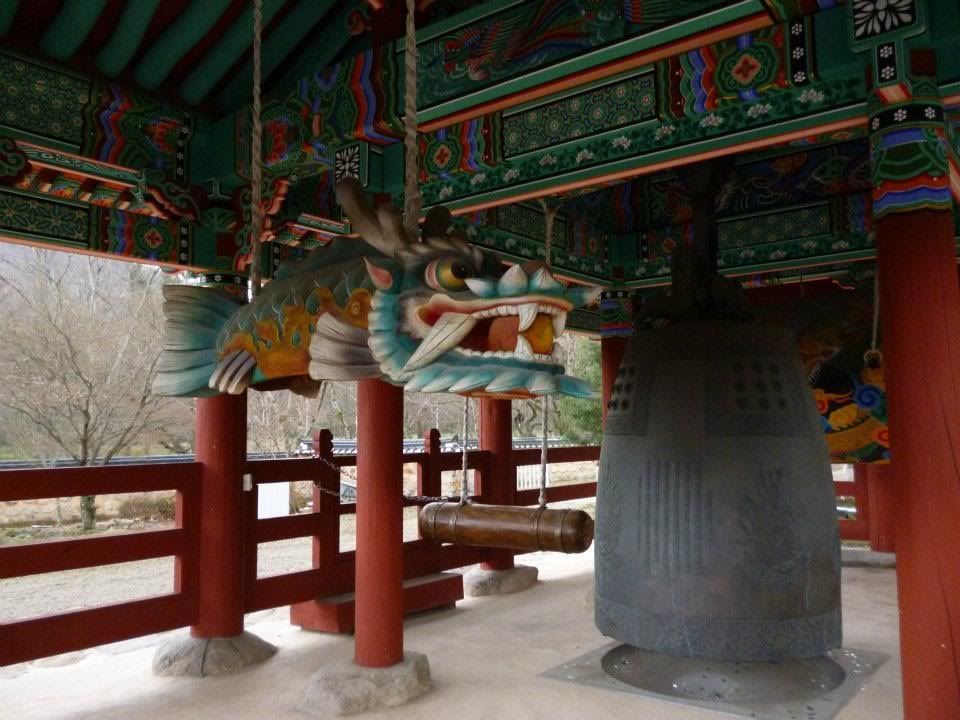
The bell we rang.
photo by Amanda Straub
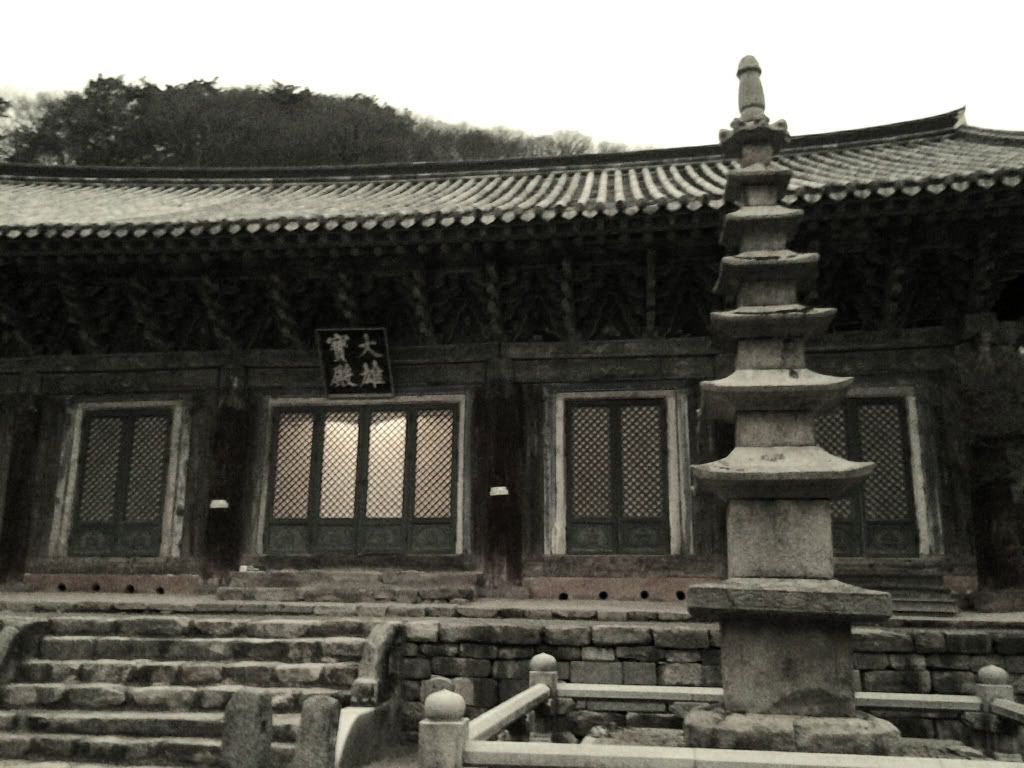
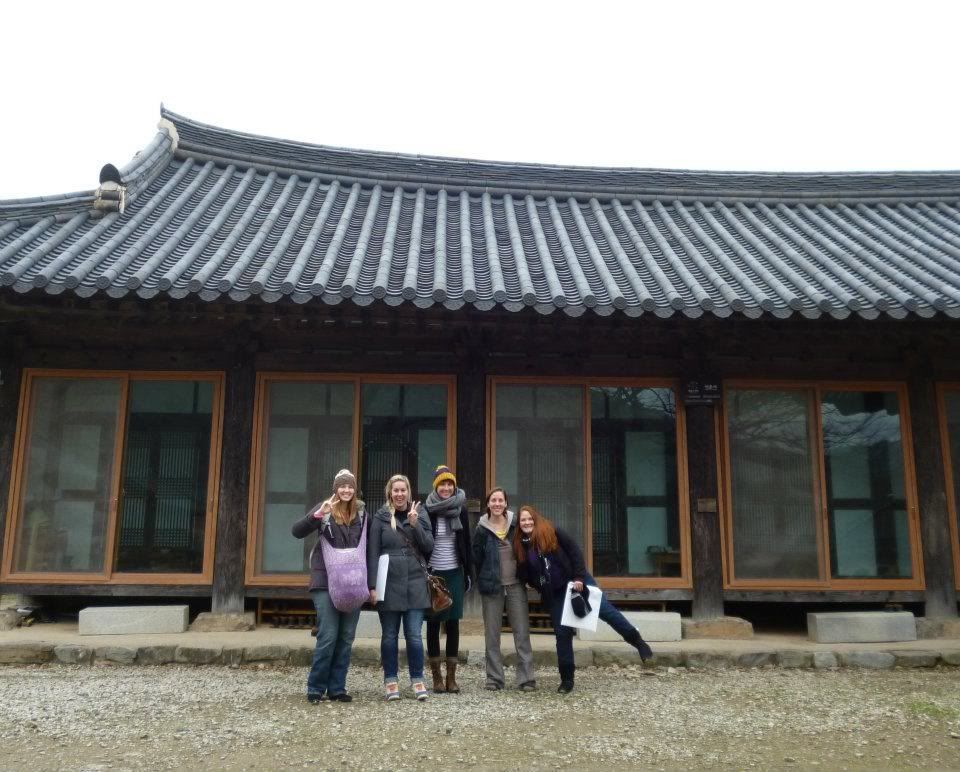

No comments:
Post a Comment